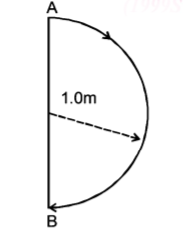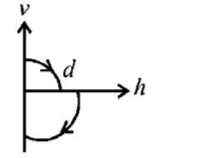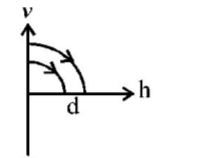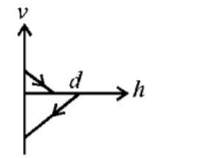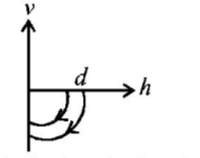Question
Six vectors $$a$$ to $$f$$ have the magnitudes and directions indicated in the figure. Which of the following statements is true?
Six vectors $$a$$ to $$f$$ have the magnitudes and directions indicated in the figure. Which of the following statements is true?
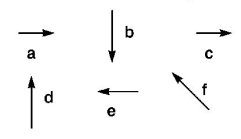
A.
$$b + c = f$$
B.
$$d + c = f$$
C.
$$d + e = f$$
D.
$$b + e = f$$
Answer :
$$d + e = f$$
Solution :
If two non-zero vectors are represented by the two adjacent sides of a parallelogram, then the resultant is given by the diagonal of the parallelogram passing through the point of intersection of the two vectors
$$\therefore d + e = f$$
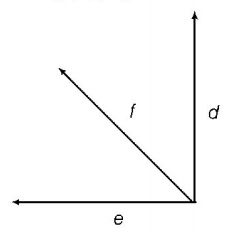
If two non-zero vectors are represented by the two adjacent sides of a parallelogram, then the resultant is given by the diagonal of the parallelogram passing through the point of intersection of the two vectors
$$\therefore d + e = f$$

